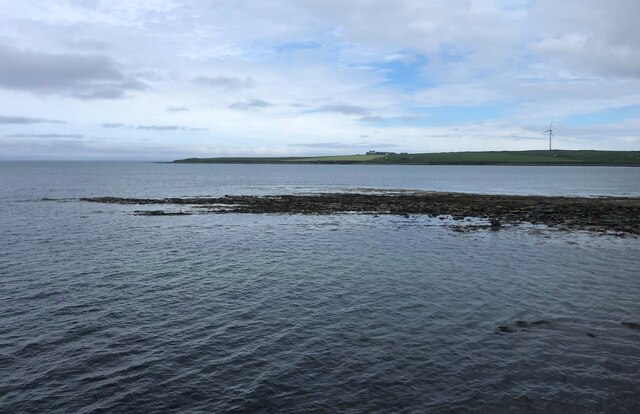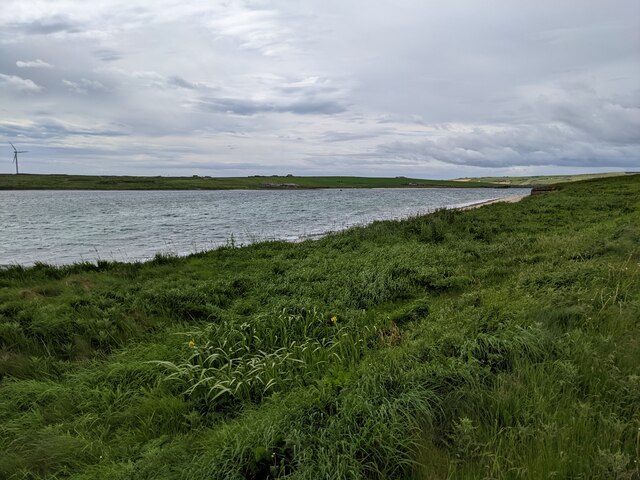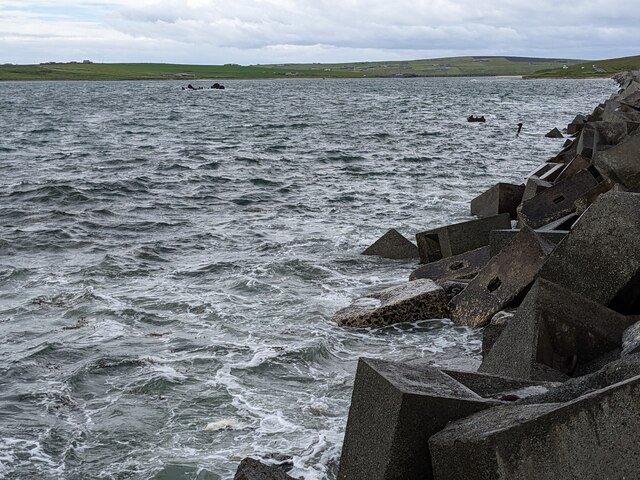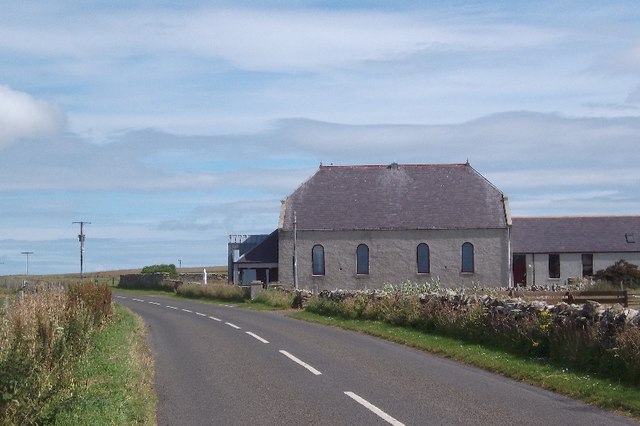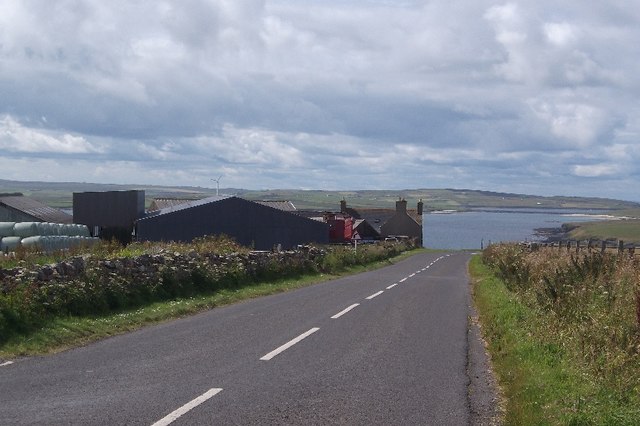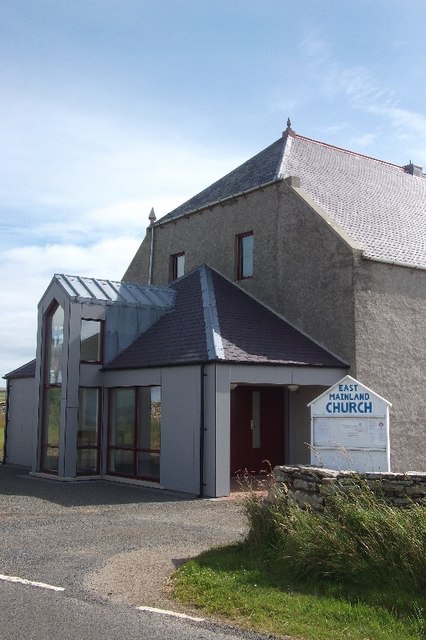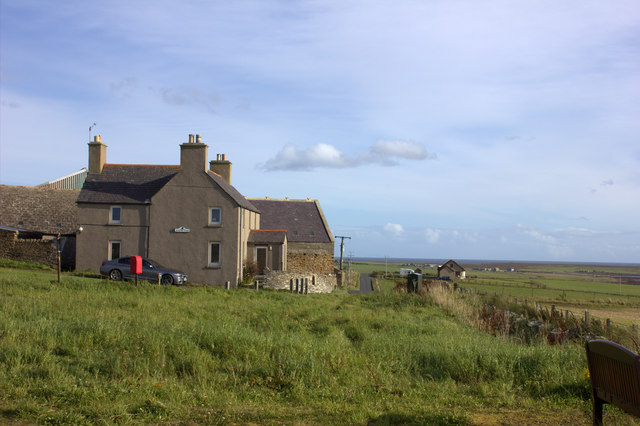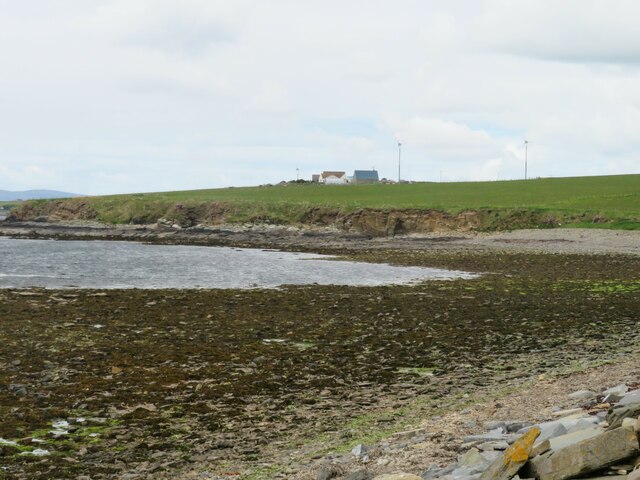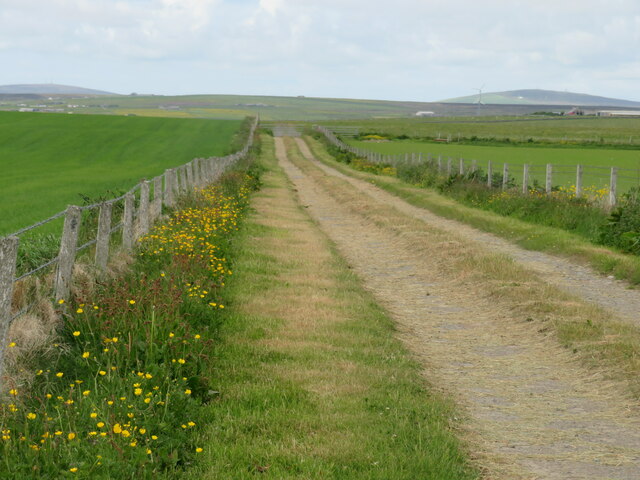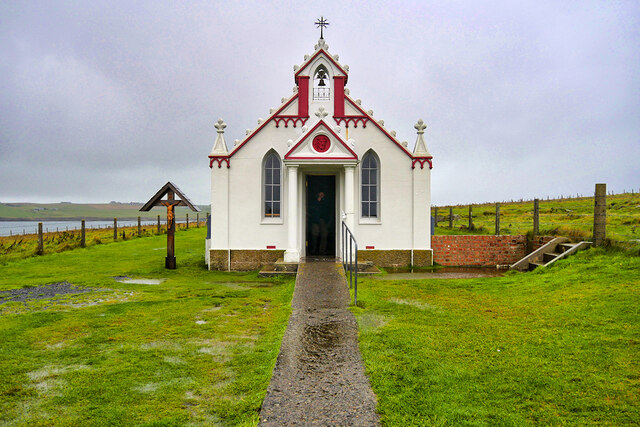Couse Point
Coastal Feature, Headland, Point in Orkney
Scotland
Couse Point
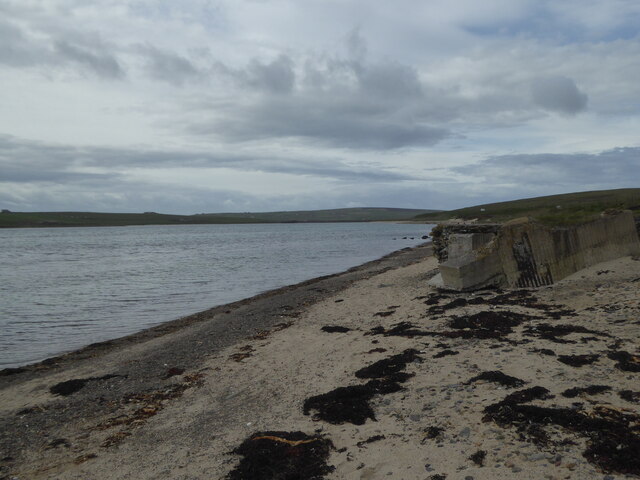
Couse Point is a prominent coastal feature located on the northeastern coast of the Orkney Islands, Scotland. Situated near the village of Deerness, it is a picturesque headland that extends into the North Sea. The point is comprised of rugged cliffs, formed by the relentless erosion of the sea over time.
Standing at an elevation of approximately 40 meters (131 feet) above sea level, Couse Point offers spectacular panoramic views of the surrounding coastline and the vast expanse of the North Sea. The headland is characterized by its rocky terrain, with steep slopes leading down to the sea below. The cliffs are composed of layers of sedimentary rock, providing a glimpse into the geological history of the area.
The location of Couse Point makes it a popular spot for outdoor enthusiasts and nature lovers. The headland is home to a diverse range of seabirds, including fulmars, kittiwakes, and razorbills, which nest along the cliff edges. The surrounding waters are also rich in marine life, with seals often spotted basking on nearby rocks.
Visitors to Couse Point can enjoy coastal walks along the cliff tops, taking in the breathtaking scenery and observing the abundant wildlife. The headland is easily accessible, with a car park located nearby, allowing for convenient exploration of this beautiful coastal feature. It is a perfect destination for those looking to experience the rugged beauty of Orkney's coastline and immerse themselves in its natural wonders.
If you have any feedback on the listing, please let us know in the comments section below.
Couse Point Images
Images are sourced within 2km of 58.889843/-2.8855993 or Grid Reference HY4900. Thanks to Geograph Open Source API. All images are credited.
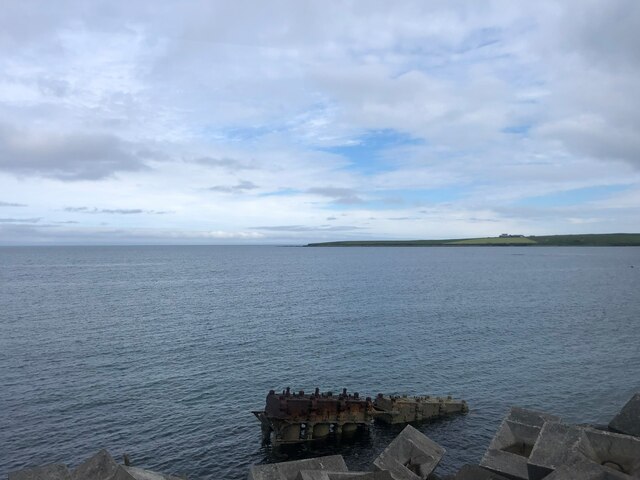
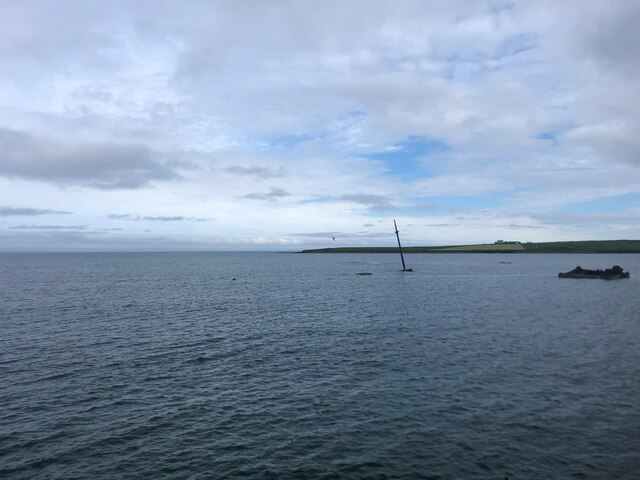
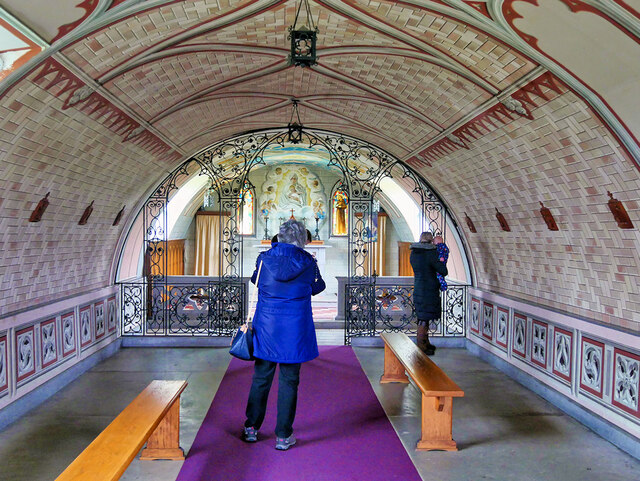
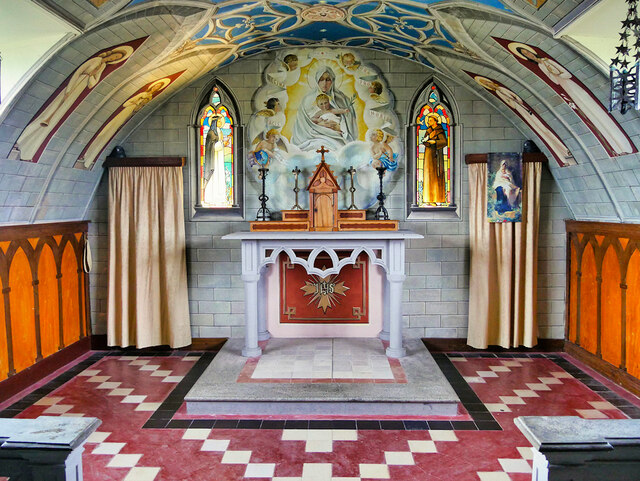



Couse Point is located at Grid Ref: HY4900 (Lat: 58.889843, Lng: -2.8855993)
Unitary Authority: Orkney Islands
Police Authority: Highlands and Islands
What 3 Words
///lighten.poetry.ruins. Near Holm, Orkney Islands
Nearby Locations
Related Wikis
Lamb Holm
Lamb Holm is a small uninhabited island in Orkney, Scotland. The Italian Chapel, constructed during the Second World War, is the island's main attraction...
Italian Chapel
The Italian Chapel is a highly ornate Catholic chapel on Lamb Holm in the Orkney Islands. It was built during World War II by Italian prisoners of war...
Orkney F.C.
Orkney Football Club is a senior association football club from the Orkney Islands, Scotland. The club was founded in 2012 and competes in the North Caledonian...
A961 road
The A961 is a single-carriageway road on the eastern side of Scapa Flow in the Orkney Islands, connecting the town of Kirkwall on the Orkney Mainland to...
Nearby Amenities
Located within 500m of 58.889843,-2.8855993Have you been to Couse Point?
Leave your review of Couse Point below (or comments, questions and feedback).
